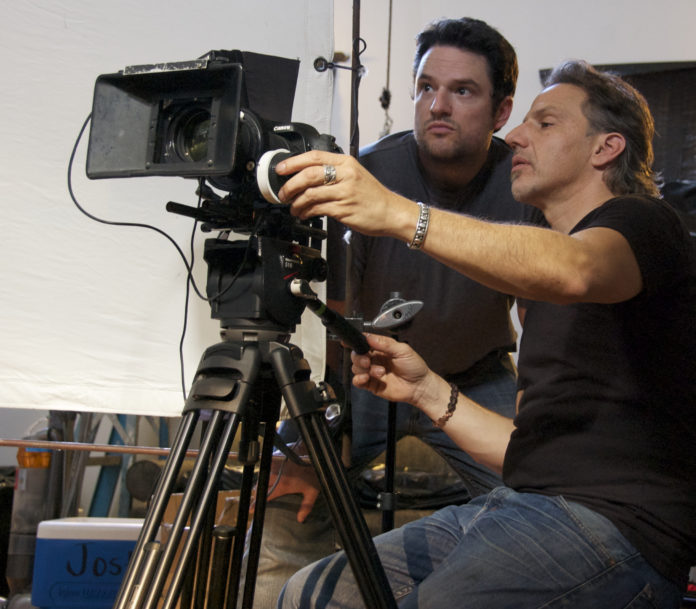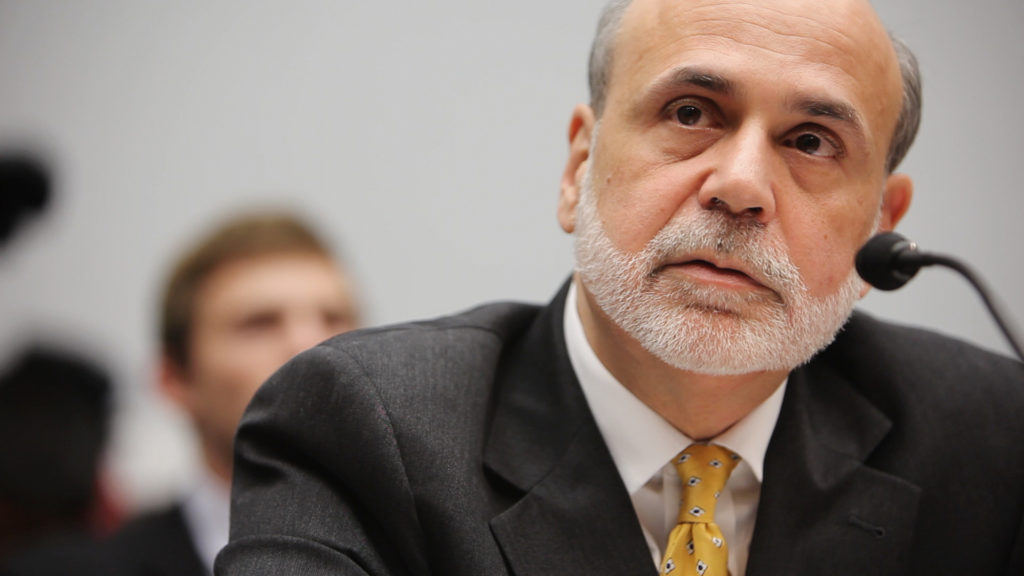
Fixed atop every piece of United States paper currency are the words: “Federal Reserve Note.” What is the Federal Reserve? To say that it is part of the federal government is correct. To say that it is a private corporation is also correct. In fact, to say that the Federal Reserve is a reclusive organization born of a secret meeting of government officials, financiers and a handful of the country’s leading businessmen on a private island off the coast of Georgia in 1913 is, once again, correct.
As a quasi-governmental agency, a term political scientists use for an organization that holds governmental powers and responsibilities but has private sector control over its activities, the Federal Reserve (or “Fed”) is undoubtedly one of the least understood yet most influential entities in modern American government.
In the documentary, “Money for Nothing: Inside the Federal Reserve,” director Jim Bruce seeks to educate viewers on what the Fed is, how it was formed, what it has done historically and where, in Bruce’s view, it continues to make mistakes.
The film, which has been playing in select theaters across the nation since September, was released in anticipation of the Federal Reserve’s 100-year anniversary Dec. 26.
Bruce has worked in the motion picture industry for 15 years and has worked as an editor on such films as “X-Men: The Last Stand,” 2008’s “The Incredible Hulk” and “Pitch Black,” as well as two documentaries, “The King of Kong” and “Dambe: The Mali Project.” “Money for Nothing” marks Bruce’s debut in the director’s chair.
Making sense of finance
Bruce was first introduced to investing during the tech stock boom of the 1990s, and like many investors of the period he entered the market just a little too late.
“I started investing in 1999, not realizing there was a bubble,” said Bruce.
“The tech bubble really opened my eyes. Fortunately, I was able to come out a little bit ahead, and going into the 2000s I became very interested in making sense of finance. I noticed several of the economists I was reading at the time kept talking about a coming
housing bubble.”
Concerned about what loomed on the economic horizon, Bruce started a newsletter in 2006 for his friends and family urging them to financially prepare themselves for a pending financial crisis. He encouraged them to become “value investors” by moving their money into safer stocks, and cautioned against owning multiple homes.
Bruce shored up his investments throughout 2007 and 2008, managing to turn a small profit that he used to finance part of “Money for Nothing.”
“The Fed started the first Quantitative Easing in 2007 to deal with the housing bubble, and to me it felt like, ‘Here we go again repeating the same policies we used in the 2000s to get us past the stock bubble,’” said Bruce.
Quantitative easing is a type of monetary policy undertaken by a central bank that puts more money into circulation in an effort to stimulate lending and spending in an economy. In the
United States, the Fed has undertaken three rounds of quantitative easing (QE1, QE2, and QE3) since 2007.
“I don’t think the Fed has been held accountable for its role in creating the housing bubble. I wanted to tell that story. ‘Money for Nothing’ is about the Fed not learning from its mistakes in propping up financial markets.”
Before filming could begin, Bruce founded Liberty Street Films and began raising money through donations and a Kickstarter campaign.
“A lot of people have strong opinions about the Fed. A fair amount of people in finance, many of whom by the nature of their work benefit from Fed policies, know where this course of action leads. The most common thing I’ve heard is that this story needed to be told.”
Free screening
Treece Investment Advisory Corp. purchased screening rights so that the area could have a free local showing at the Maumee Indoor Theatre.
“We read about the film in a newsletter and saw it wasn’t showing anywhere in the region,” said money manager Ben Treece. “There has obviously been a lot of interest in monetary policy, markets and government influence since the recession. What we like about this film is it’s educational. This topic is often immediately political — either ‘End the Fed’ or following the Fed totally. This film looks at what they’ve done right, where they’ve gone wrong, and what economists across the spectrum have to say.”
The focus of “Money for Nothing” is the Federal Reserve’s actions during the past few years, though the film does briefly explore the central bank’s creation. Founded from the bolstered political will to create a strong central bank following the Panic of 1907, the Federal Reserve was terribly ill-prepared for the severity of the Great Depression.
“[Federal Reserve Chairman] Ben Bernanke has said the Fed learned from the Great Depression when it raised interest rates and failed to supply money to banks, all to disastrous effect, but has it learned lessons from the recent past?” Bruce asked.

According to Bruce, the infamous atmosphere of big risk that existed among bankers during the 2000s was the direct result of deregulation and a low interest rate monetary policy created under former Federal Reserve Chairman Alan Greenspan’s tenure.
“Money for Nothing,” which is narrated by actor Liev Schreiber, takes a “critical yet educational” view of the Federal Reserve’s recent policies.
“The Fed is not evil and trying to destroy the banking system, nor do its policies solely benefit the wealthy. That’s a misunderstanding,” Bruce said. “I think the Fed is made up of well-intentioned people, but they haven’t learned from the past.”
Several of the sources interviewed in the film are current or former Federal Reserve officials including former Federal Reserve Chairman Paul Volcker and current Vice Chair Janet Yellen.
Shooting a documentary is difficult as it is much harder to attract an audience for a film about a central bank than it is to get people to line up to see the latest superhero movie. The secretive history of the Federal Reserve, with its lack of primary footage, only compounded the problem. But with widespread public interest in its topic and a compelling cast of characters, “Money for Nothing” has been well received in movie theaters and college campuses since its release.
“There’s Alan Greenspan, this vocal free-market libertarian who is continually manipulating markets; he’s a fascinating study in contradiction. Then, there’s Ben Bernanke, this kind of larger than life character who takes the helm of Titanic right as it’s hitting the iceberg,” said Bruce. “I think the Fed is a fun topic and it’s being received by new thinkers. To shift the conversation, we need to reach a new generation who looks at things differently.”
Bruce’s goal for “Money for Nothing” is to bring average people into the Fed’s history, show them how it works and what role it plays in the everyday lives of the American people.
“I think people need to be more educated about the Fed because the Fed should be held more accountable and the American people deserve better policies,” he said.
Terms like monetary policy and quantitative easing can be intimidating for those without much of an economics background, but Bruce said he hopes that “Money for Nothing” will demystify what has been a confusing black box in American finance.
“Recently, economics has become all mathematics, formulas and theories, but in reality it’s a social science. You don’t need complex economic training to have an opinion on this issue.”
“Money for Nothing” will be shown at 6:30 p.m. Dec. 3 at the Maumee Indoor Theatre, 601 Conant St. The screening is free but tickets are required.
For more information, visit www.moneyfornothingthemovie.org.






















